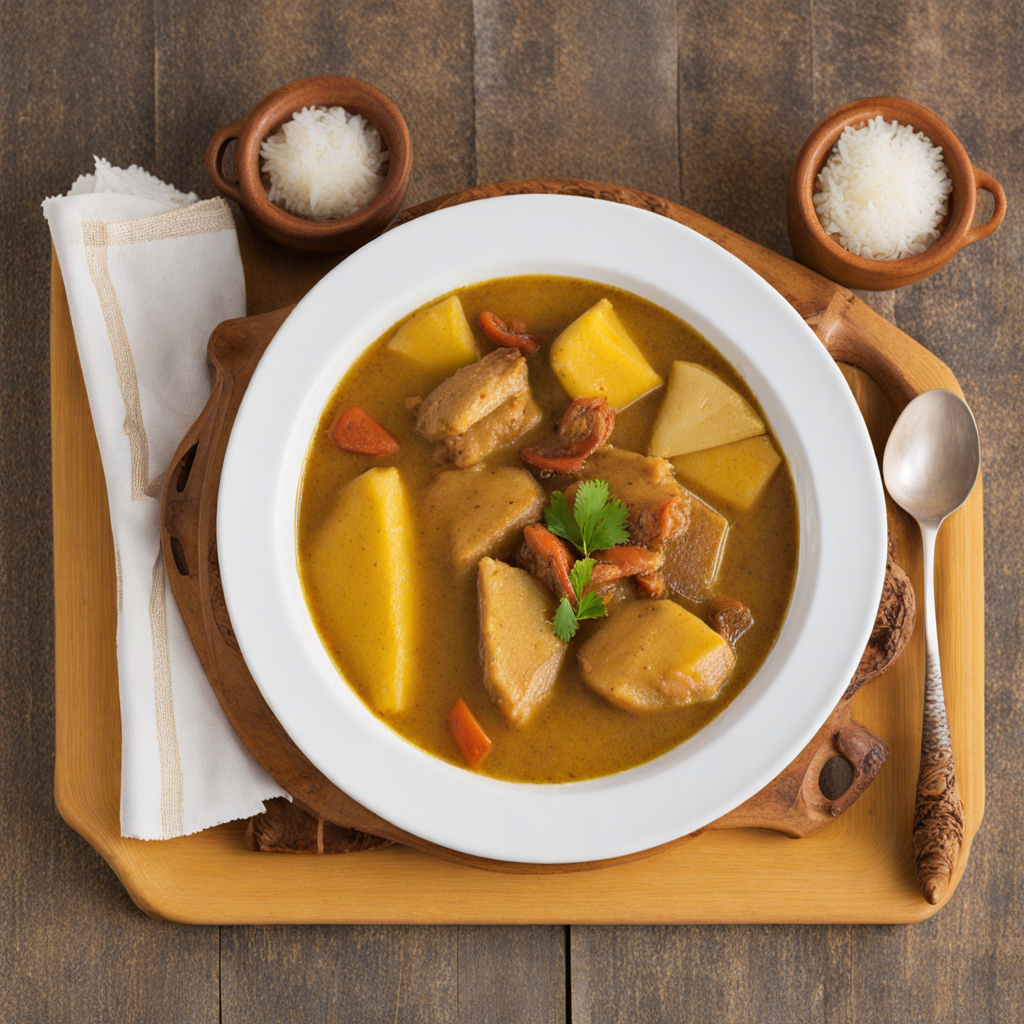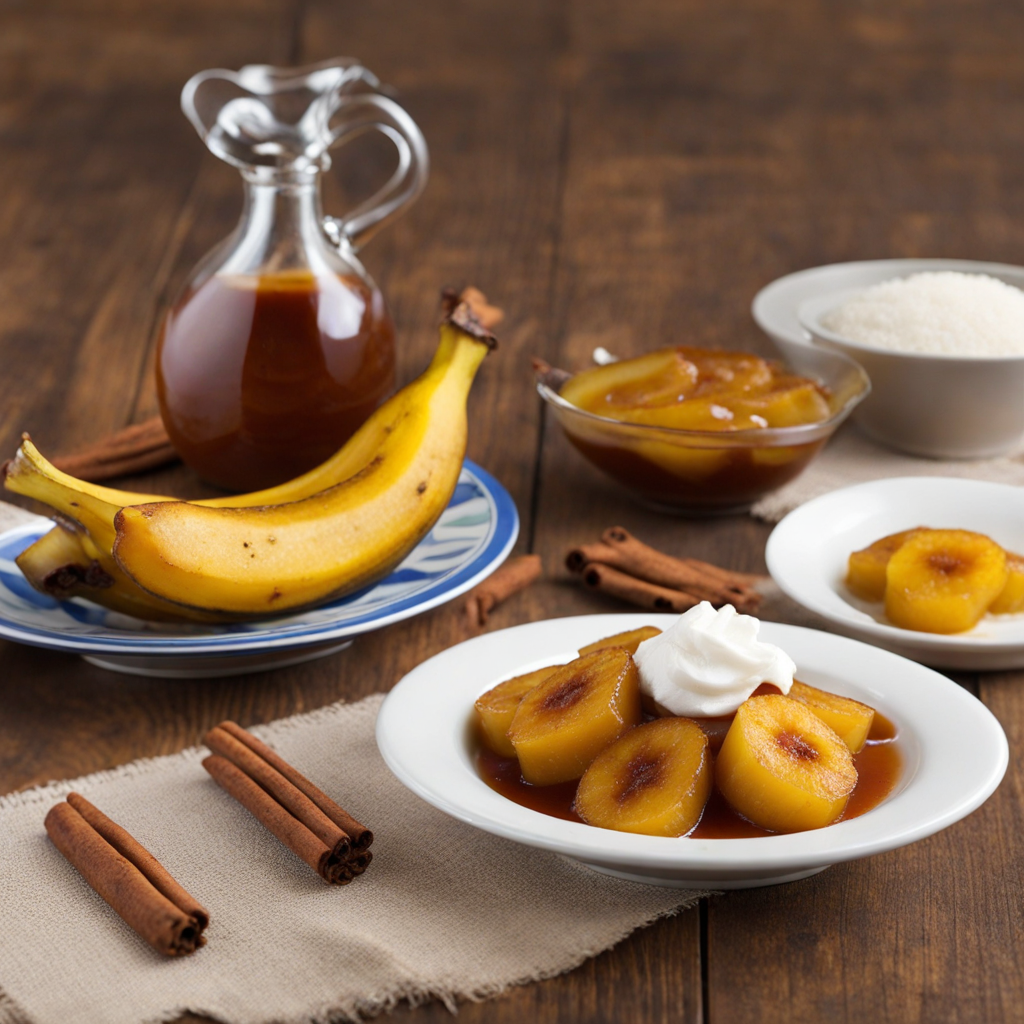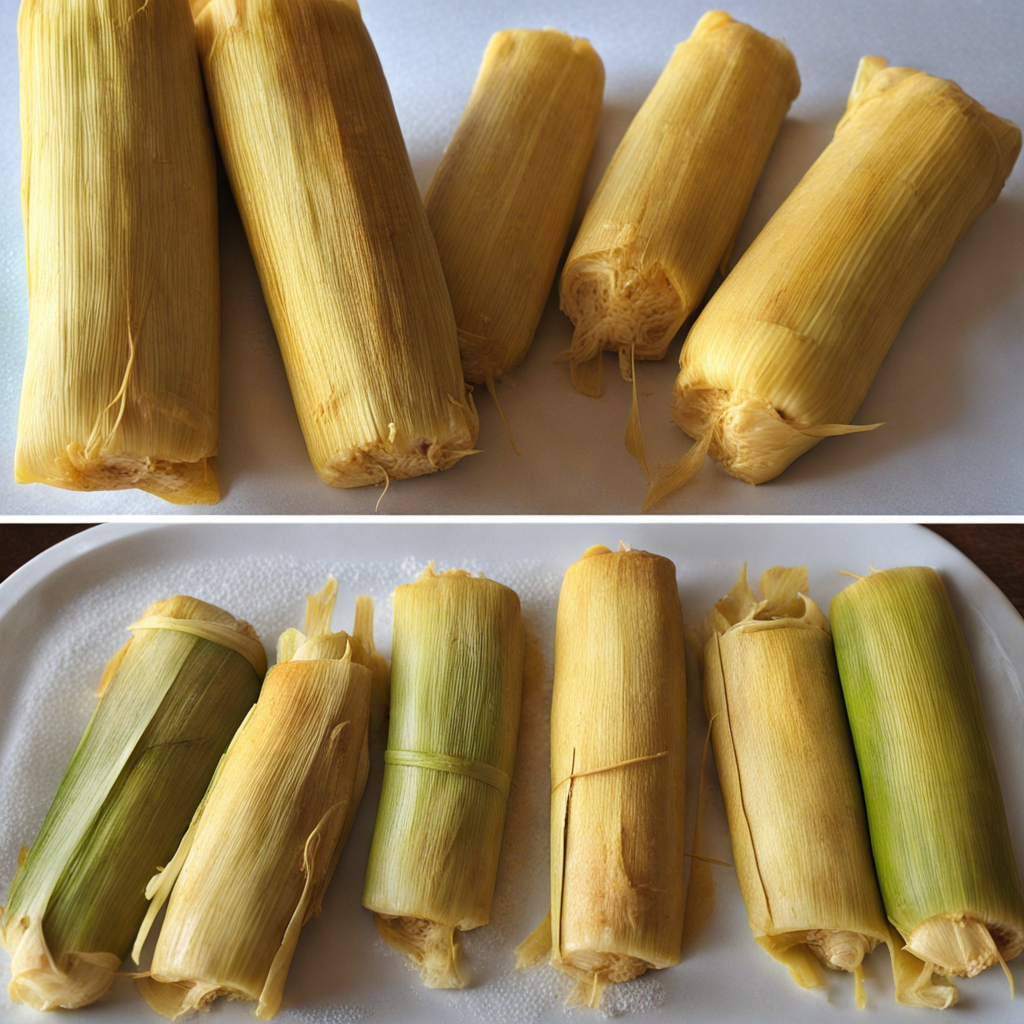Sancocho
Sancocho is a traditional Panamanian dish that embodies the heart and soul of the country's culinary heritage. At its core, sancocho is a hearty chicken soup that features a rich and flavorful broth, typically made with a base of onions, garlic, and spices. The addition of various vegetables, such as yuca, corn, and plantains, enhances the dish's texture and nutritional value. What truly sets sancocho apart is the use of culantro, a herb similar to cilantro but with a more robust flavor, which infuses the soup with a distinctive aroma that transports you to the vibrant streets of Panama. Each bowl of sancocho tells a story of tradition and familial warmth, as it is often prepared for gatherings and celebrations. The chicken is simmered to perfection, becoming tender and succulent, while the vegetables meld together to create a comforting, cohesive broth. The dish is typically served with a side of white rice, which is perfect for soaking up the delicious flavors, and sometimes accompanied by hot sauce for those who enjoy an extra kick. The balance of savory, earthy, and slightly sweet notes makes every spoonful an adventure for the palate. What makes sancocho a must-try is its versatility; variations abound across different regions of Panama, with each family adding their own twist to the recipe. Some may include other proteins like beef or pork, while others might incorporate different seasonal vegetables. No matter the variation, sancocho remains a beloved staple that reflects the rich agricultural bounty of Panama. Discovering sancocho is not just about tasting a dish; it’s about embracing a slice of Panamanian culture that celebrates community, flavor, and the joy of sharing food with loved ones.
How It Became This Dish
The Rich Tapestry of Sancocho Panameño: A Culinary Heritage from Panama #### Origins Sancocho Panameño, a hearty and soul-satisfying stew, is a cherished dish that embodies the culinary spirit of Panama. Its roots can be traced back to the indigenous peoples of the region, particularly the Ngäbe-Buglé and Kuna tribes, who utilized the abundant local ingredients available to them. The dish is a product of the confluence of indigenous, Spanish, and African culinary influences that have shaped Panama's diverse gastronomy over centuries. The word "sancocho" itself is believed to derive from the Spanish verb "sancochar," meaning to parboil. This reflects the dish's method of preparation, where ingredients are simmered together to create a rich, flavorful broth. As the Spanish colonizers arrived in the 16th century, they brought with them their culinary traditions and livestock, which began to mix with local ingredients. The introduction of domesticated animals such as chickens and pigs was a pivotal moment for the development of sancocho, allowing for variations that incorporated meats previously unavailable to the indigenous populations. #### Ingredients and Preparation Sancocho Panameño is characterized by its simple yet versatile ingredients, which highlight the agricultural bounty of the region. The base typically consists of chicken or pork, though some variations may even include fish or beef. The dish is enriched with a variety of vegetables like yucca (cassava), potatoes, corn on the cob, and plantains, all simmered in a fragrant broth seasoned with spices and herbs, particularly culantro, a local herb that gives the dish its distinctive flavor. The preparation of sancocho is often a communal activity, bringing families and friends together to share in the cooking process. Traditionally, the ingredients are added to a large pot known as a "caldereta" and allowed to cook slowly, allowing the flavors to meld and develop. The resulting stew is typically served with a side of rice and is often garnished with avocado and lime, enhancing its taste and presentation. #### Cultural Significance Beyond its delicious flavor, Sancocho Panameño holds immense cultural significance in Panama. It is often associated with family gatherings, celebrations, and communal events. Whether it's a Sunday family meal, a birthday party, or a festive occasion, sancocho is a staple dish that symbolizes togetherness and hospitality. In Panamanian culture, food is intrinsically linked to identity and tradition. Sancocho, in particular, serves as a reminder of the country's rich history and the blending of cultures that have shaped its culinary landscape. The dish is sometimes referred to as the "national dish" of Panama, reflecting its prominence in the national consciousness and its representation of Panamanian heritage. Moreover, sancocho is often seen as a remedy for various ailments, particularly when one is feeling under the weather. Many families swear by its restorative properties, believing that a warm bowl of sancocho can soothe the soul and heal the body. This belief underscores the dish's role not only as sustenance but also as a source of comfort and care. #### Development Over Time As Panama evolved through the centuries, so too did sancocho. The construction of the Panama Canal in the early 20th century brought an influx of immigrants from various backgrounds, including Jamaicans, Colombians, and Chinese. Each group introduced their own culinary practices and ingredients, further enriching the sancocho tradition. For instance, the use of habanero peppers and other Caribbean spices became more common, adding a distinctive kick to the dish. In contemporary Panama, sancocho has transcended its traditional roots and is now celebrated in various forms. While the classic recipe remains a favorite among locals, chefs and home cooks alike have embraced innovation, incorporating modern techniques and ingredients. Some variations feature seafood or vegetarian options, catering to the tastes and dietary preferences of a more diverse population. The rise of gastronomy tourism in Panama has also played a role in the resurgence of interest in traditional dishes like sancocho. Restaurants and culinary festivals are increasingly showcasing this beloved stew, allowing visitors to experience the authentic flavors of Panamanian cuisine. Chefs often take pride in their family recipes, sharing stories of their ancestors and the significance of sancocho in their lives. #### Sancocho in Modern Times In recent years, social media has further amplified the popularity of sancocho, with food enthusiasts posting photos and recipes online, creating a digital community around this beloved dish. Home cooks often share their own variations, showcasing the adaptability of sancocho to personal tastes and preferences. This has led to a new generation of Panamanians rediscovering their culinary heritage and taking pride in their cultural identity. Moreover, sancocho has become a symbol of resilience and unity among Panamanians, especially during challenging times. Its preparation and sharing evoke feelings of nostalgia and comfort, reminding people of the importance of family and community support. Whether it's during the festive season or times of difficulty, sancocho remains a dish that brings people together, fostering connections and shared experiences. #### Conclusion Sancocho Panameño is much more than just a stew; it is a reflection of Panama's diverse cultural landscape and a testament to its rich culinary heritage. From its indigenous roots to the influences of Spanish and African cuisines, sancocho has evolved over time while maintaining its significance as a dish that fosters community, comfort, and tradition. As Panama continues to grow and change, sancocho will undoubtedly remain a cherished symbol of its culinary identity, celebrating the flavors of the past while embracing the innovations of the future. Whether enjoyed at a family gathering, a festive celebration, or as a remedy for the soul, Sancocho Panameño remains a beloved staple in the hearts and homes of Panamanians.
You may like
Discover local flavors from Panama







